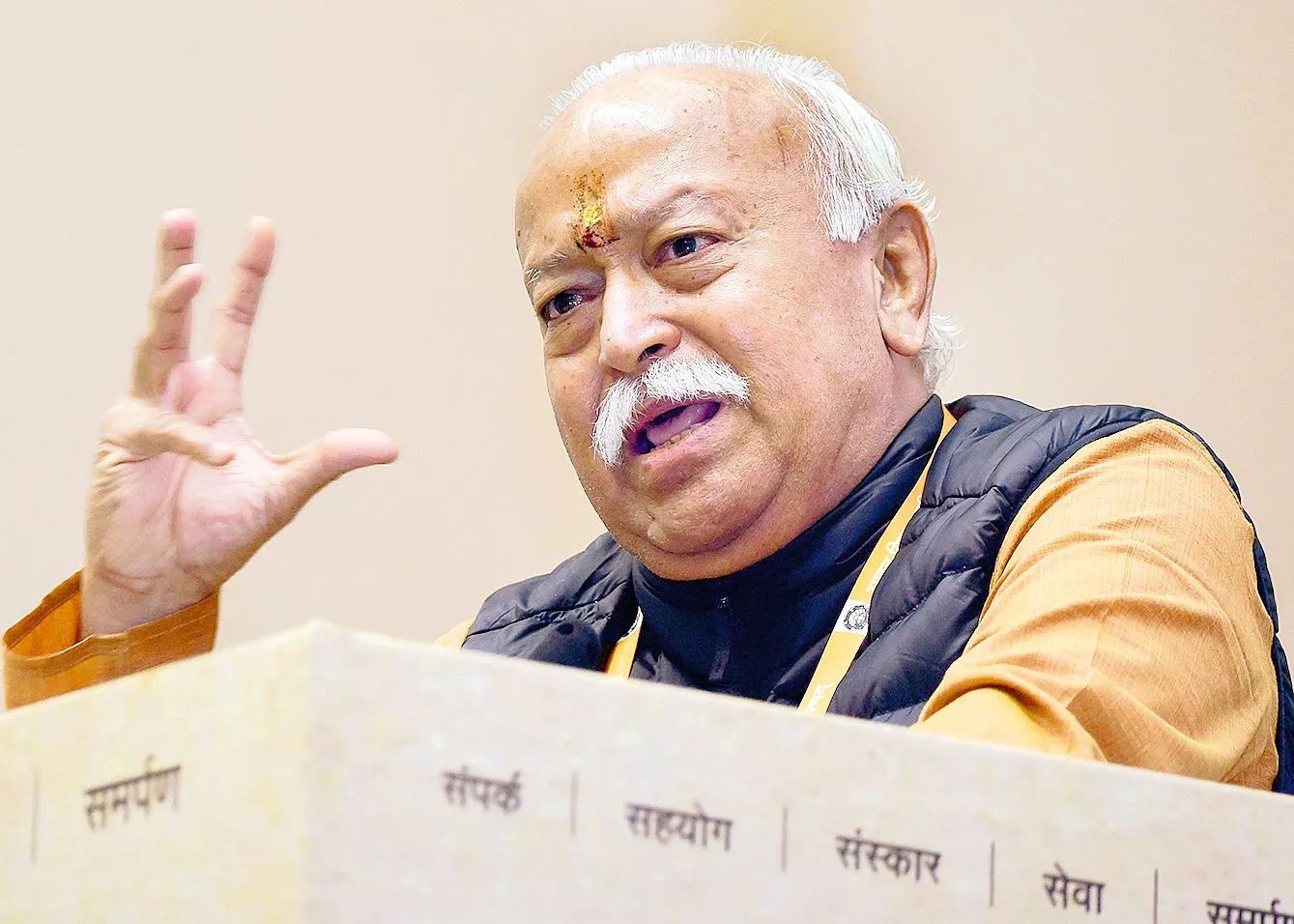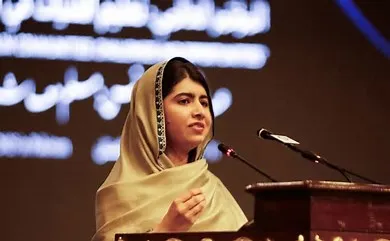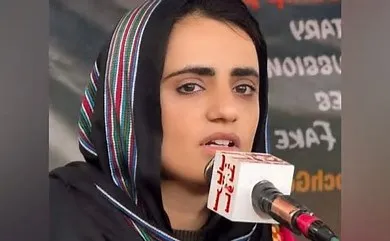Introduction
There are certain interesting observations regarding the recent trade balance data of India. Whereas there is a trade deficit in goods transactions (“merchandise trade deficit”) of around $17.75 billion, interestingly, there is a surplus of $16.48 billion in the “Services” transactions, as imports are much less in this category. For instance, whereas in the “Services” category, imports are only to the tune of $15.76 bn, in the merchandise trade, the imports are $50.66 bn, thus a difference as high as $34.90 bn. The same is around $ 451.21 bn during April’22-Jan’23.
India has a skewed trade balance with Russia
India’s import from Russia have increased 384% to $37.31 billion during April-January 2022-23 due to increasing inbound shipments of crude oil. In 2021-22, Russia was India’s 18th largest import partner accounting for $9.86 billion of total imports. Both the bilateral investment as well as bilateral trade targets have been upgraded by $ 50 billion and $ 30 billion by 2025, respectively. However, the imports from Russia is increasing at a faster rate with an increasing volume, thus making India’s net trade balance with Russia at negative. For instance, as per the bilateral trade figures between India and Russia during April 2020-March 2021, Indian exports amounted USD 2.6 billion while imports from Russia amounted USD 5.48 billion. For the same period, as per Russian figures, bilateral trade amounted to USD 9.31 billion, with Indian exports amounting to USD 3.48 billion and imports amounting to USD 5.83 billion. While during the last 25 years, the exports of Russia to India have increased at an annualized rate of 8.69%, the Indian exports to Russia have increased at an annualized rate only by 4.14%. Moreover, in 2020, while India did not export any services to Russia, the same is not true the other way round, e.g. Russia exported services to India of $627 million, with other business services ($413 mn), transport ($67.5 mn),and travel ($59 mn), remained the largest in value terms. Another reason of the increased Russian imports is the ever-increasing supply of Russian oil to India at deep discounts. While Russia has dethroned Riyadh and Baghdad by becoming the largest exporter of this energy resource to India, India has supported Russia by supplying spare parts needed for Russian trains, cars and planes, as Russia faced strict sanctioned imposed on the country by other Western countries amid the Ukraine-Russia conflict.
China remains a dominant importer of India
It can also be observed that India’s import from China is more than six times compared to its exports to China, for instance, during 2022(Jan-Aug), India’s export to China was $12.62 billion, whereas the imports from China was $78.58 billion, reflecting a trade deficit to the tune of $65.96 billion. India’s exports to China during Jan-Aug’22 were $16.5 billion a decline of 50.7% YOY. Some major exports are-prawns ($694 million), broken rice($634 mn), sulphur ($322 mn), ferro alloys ($261 mn). However, exports of iron ore, cyclic hydrocarbon, refined copper have declined. According to the Indian Embassy of China, the growth of trade deficit of India with China could be attributed to two factors:
(a) Narrow basket of few Primary commodities.
(b) Market access impediments for products where India is competitive.
India’s predominant exports to China have consisted of iron ore, cotton, copper, aluminium and diamonds/ natural gems.
Over time, these raw material-based commodities have been over-shadowed by Chinese exports to India of machinery, power-related equipment, telecom equipment, organic chemicals, and fertilizers.
On the other hand, 65% of India’s imports from China is limited to three product groups- Electronics(30%), machinery(20%) and organic chemicals, including APIs(15%).
Some products whose imports increased big during Jan-Aug’22, are- mobile phones, telecom equipment, parts($457 billion, a 14.7% growth), solar cells ($4.3 billion), laptops, PCs ($4.3 billion, 16%),laptop memories, ICs, parts ($3.6 billion, 16.8%), lithium ion battery etc.($1.4 billion).Other imports are- textiles and apparel($1.7 bn), fertilisers($1.2 bn), antibiotics ($895 million),glassware($590 million), furniture ($534 million),paper and board ($469 million), toys ($163 mn) etc.
Concluding Remarks
The recent increase in India’s trade deficit and subsequent increase in the current account deficit has created some fuss in recent times. It is interesting to note that while the imports in services during Jan’23 remains $15.76 billion, the same in the goods category remains at $50.66 billion. Despite a marginal fall in goods category import to $50.66 billion in Jan’23 compared to $52.57 billion in Jan’22, and at the same time marginal increase in services imports $15.76 billion in Jan’23 from $13.24 billion in Jan’22, the goods imports remain substantial. According to the latest press release by the Ministry of Commerce & Industry, GoI, 13 out of the 30 key sectors have exhibited positive growth including certain items like petroleum, crude & products, newsprint, Coal, Coke & Briquettes, transport equipment, project goods, pulp & waste paper etc. during Jan’23. Imports from China remains dominant, with electronics, machinery, organic chemicals (including APIs) constitute around 65% of total imports from the country. Further, India’s trade with Russia remains a bit skewed as the energy resources have been heavily imported from Russia. Interestingly, while India’s gold imports have declined in Jan’23, import of project goods has increased substantially amid India’s major focus on physical infrastructure this budgeted year. In the Union Budget 2023-24, the Central Government has allocated a dedicated amount of Rs. 10,000 crore per annum for development of urban infrastructure in tier II and tier III cities. The project good imports were US$ 164.09 million and US$ 182.86 million respectively in January 2021 and January 2022 which has increased to US$ 409.25 million in January 2023. Moreover, steel & iron imports, which significantly contributed to widening the current account deficit (CAD), increased by 22.72% to US$ 2222.05 million in January 2023 from US$ 1810.69 million in January 2022. Given the adhesiveness to the certain export products, India should focus on products where it has export-competitiveness and to diversify its trading partners. For instance, countries like GCC, US, Canada, Bangladesh etc. The GCC countries are very aggressively pursuing their business with other countries and have huge business potential.
Vipin Malik is the Chairman & Mentor Infomerics Ratings
Sankhanath Bandyopadhyay is an Economist, Infomerics Ratings
Athar Imam Raza, Officer Economic Analysis, Infomerics Ratings






















